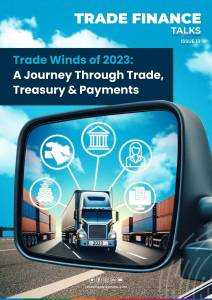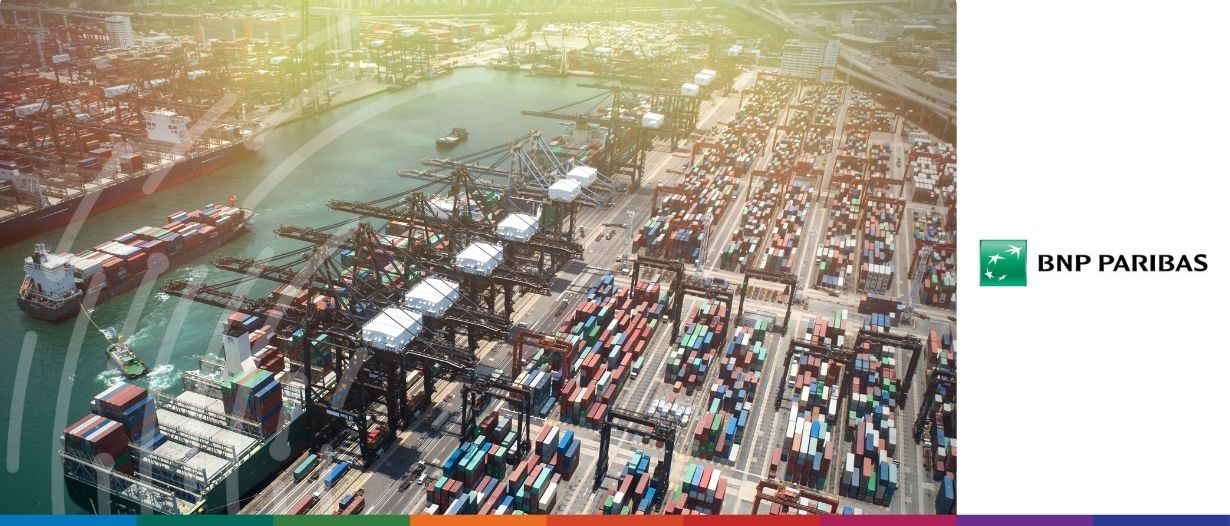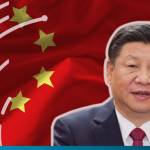It’s not easy being a supplier these days.
In an era of elevated interest rates and inflation, each passing day with cash tied up in sales or production could exert additional pressure on suppliers’ balance sheets and prompt them to maximise the cash portion of their working capital.
Some buyers are taking note and coming to their aid.
Liquidity reigns supreme
Many suppliers were already cash-stretched before inflation began rearing its head in 2021 and before the U.S. Federal Reserve started hiking rates in early 2022.
For them, it was difficult—if not prohibitive—to wait the full 60- or 90-day terms of payment collection set with their buyers. Today’s environment, in which the value of cash erodes more rapidly, may only accentuate that challenge and press them to liquidate trapped cash so that they can manage their working capital more efficiently.
Typically, the more liquidity they have on hand—the more they can fund growth, streamline processes, reduce costs, enhance service levels, pounce quickly on investment opportunities (or simply park their cash in an investment vehicle that offers yield to offset inflation), and ultimately improve profitability.
The rush to shorten cash-conversion cycles
We have discerned a rise in CFOs’ interest in supply-chain finance (SCF) programmes, in which a program provider (such as a bank) offers to buy a supplier’s receivables in exchange for immediate cash.
The provider then collects payment from the buyer at a later date in accordance with the payment terms established between the buyer and the supplier. In this manner, suppliers reduce the amount of time they need to wait to collect payment—and gain quicker access to the money they are owed.
Supply-chain finance programmes seek to enable suppliers to shorten their cash-conversion cycles (i.e., the time it takes to convert the products suppliers sell into cash). They may also benefit buyers by bolstering the financial and operational resilience of the supplier base they rely on, thus reducing the risk of supply disruptions that can undermine a buyer’s business.
For this reason, in our view, it is in the self-interest of buyers to ensure a smoothly functioning supply chain by helping their supplier base. To no surprise, we see an uptick in CFOs on the buyer side eager to implement “buyer-led” programmes, which link a single buyer with multiple suppliers. Such programmes help automate transactions, track invoice approval, and handle settlement processes between a buyer and its suppliers.
A shift in focus among buyers
To be clear, buyers have always been interested in managing their own working capital efficiently. Yet historically, their objective in doing so was commonly to reduce costs through inventory management.

For example, before the prevalent product shortages of 2021–2022, many buyers emphasised just-in-time (JIT) strategies—by which they reordered products only to replace the ones they’ve already sold—that sought to minimise inventory-holding costs.
When shortages began plaguing supply chains in 2021, a great deal of them sought to temper their JIT approach and resorted to a more nuanced and balanced approach to inventory: They began stockpiling inventory with the realisation that the cost savings achieved through lean inventory would be outweighed by lost sales opportunities from unreplenished stock as a result of product scarcity or shipping delays.
Nowadays, having been whipsawed within a brief few years by oscillating interest rates, inflation, and the complex and unpredictable nature of global trade, a significant number of buyers are turning their attention to broader objectives than just expense reduction, namely: fortifying their supply chains, and shoring up their suppliers’ finances.
A sense of urgency for cash in low-margin industries
Shortening cash-conversion cycles is typically the all-weather objective of any supplier—regardless of economic circumstances. Yet today’s environment of elevated interest rates could make a do-nothing approach particularly expensive, especially in industries and sectors where supplier margins are thin and supply disruptions can delay manufacturing. Labour-intensive industries involving a great deal of product assembly, such as autos, are especially vulnerable.
There could be a number of ways to expedite cash conversion. One is “factoring,” which is a form of receivables purchase whereby producers of goods and services sell their receivables (represented by outstanding invoices) at a discount to a programme provider. Another is to pursue various inventory-management solutions that reduce the cost of holding inventory.
We have noted a particular uptick in interest among buyers in establishing and expanding payables programmes, which potentially carry the benefits of:
- Helping buyers provide indirect financial support to their supplier base;
- Extending buyers’ payment terms in order to retain as much liquidity for as long as possible; and ultimately
- Reducing the dependence of suppliers’ cash flow on their buyers’ inventory turn (the time it takes for their buyers’ inventory to clear).
According to our estimates, an extension of payment terms from 45 to 60 days may reduce a buyer’s ongoing cash needs for supplier payments by up to 33%, thereby freeing up cash for other needs. (Note that supply-chain finance programmes are usually priced well within a company’s weighted average cost of capital—or WACC—and usually within the price range of a typical revolving line of credit given the uncommitted, short-term nature of these programmes.)
Conversely, we estimate that, for every $1 million in annual buyer expenditures on a given supplier with a typical payment tenor of 45 days, each one-day reduction in payment tenor could improve the supplier’s cash flow by up to approximately $3,000 before the financing costs entailed in a typical supply-chain finance programme.
Will this urgency to maximise cash continue?
Though inflation has started to ease and interest rates should start to trend downward over time, we believe that the financial and logistical turbulence over the past few years is cementing a more permanent role for supply-chain finance strategies in companies’ toolboxes in order to build financial resilience across the chain, liberate capital tied up in balance sheets, and improve profitability.











































